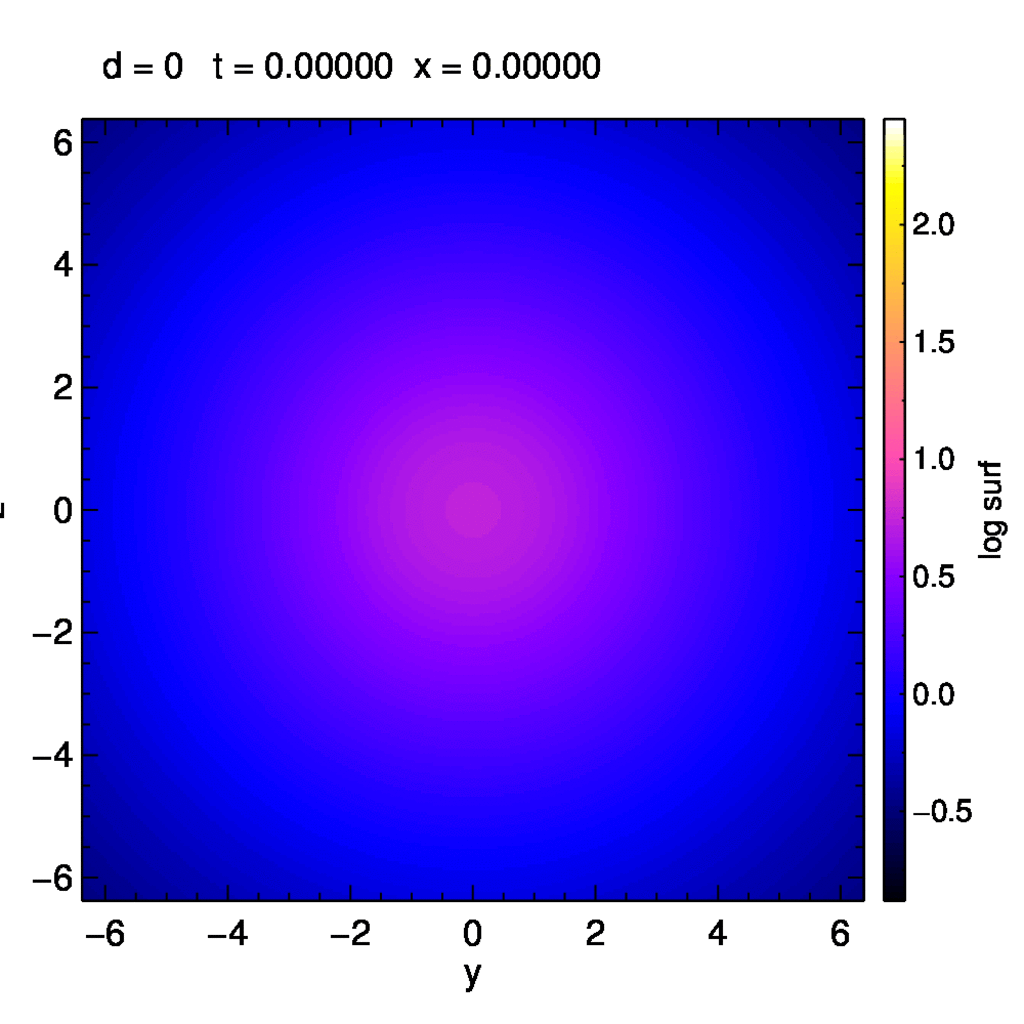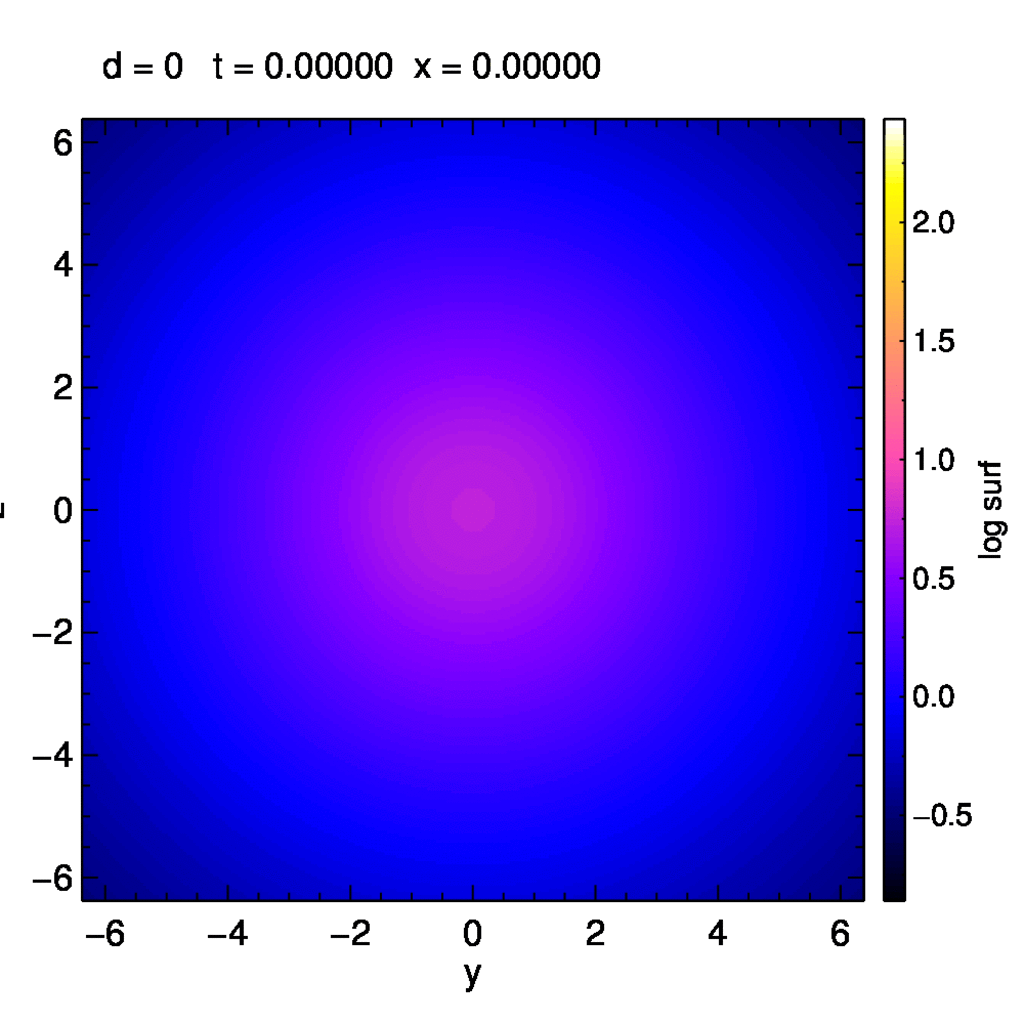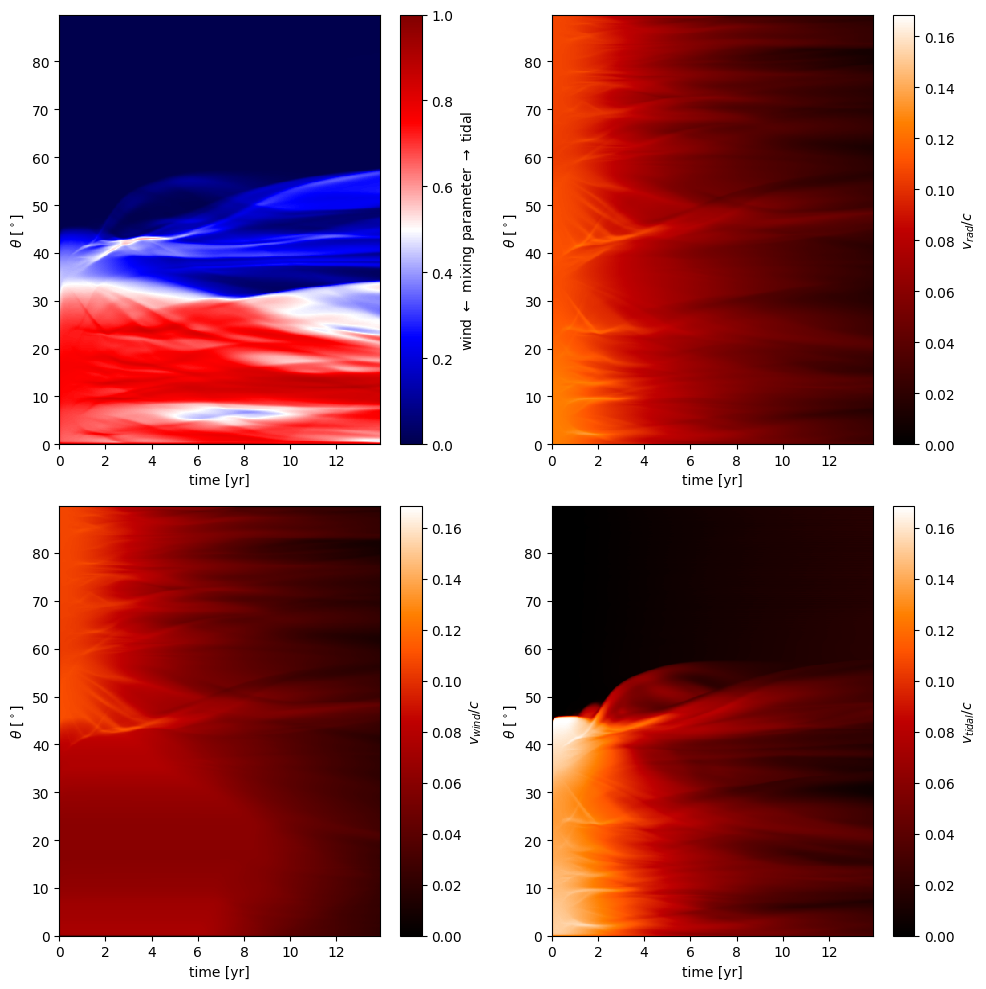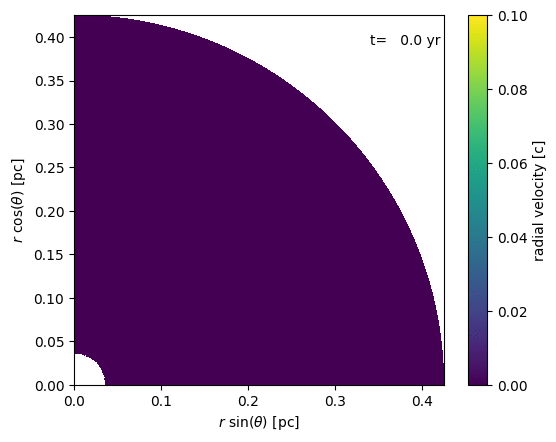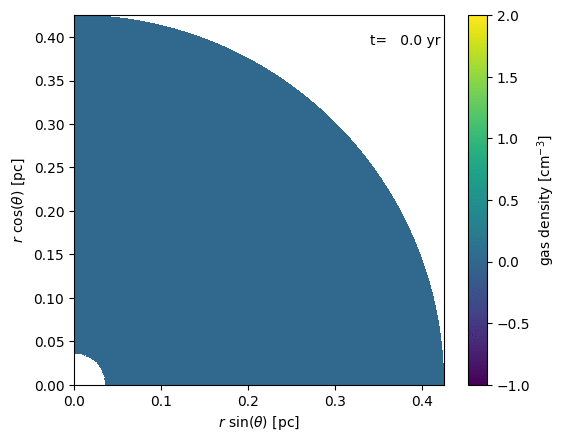High Velocity Clouds
HVCs are moving through the more diffuse, hot halo medium, as evident from their structure, and from detections of OVI absorption indicating an interaction between HVCs and this medium. The clouds are disrupted by this interaction and form a head-tail structure, i.e. the head of the cloud is compressed around a cold core, and a warmer, diffuse tail extends behind the cloud (see Figure below). It is a matter of debate whether HVCs survive the disruptive instabilities long enough to impinge on the Galactic disk as a ``cold cosmic rain'', implying a very localized fuel source, or whether they are being disrupted before they reach the disk, resulting in a ``warm cosmic rain''. In the latter case, the cloud would be integrated in the warm ionized thick disk of our Galaxy. While also available for feeding star formation, they would be much more easily mixed with higher-metallicity material.
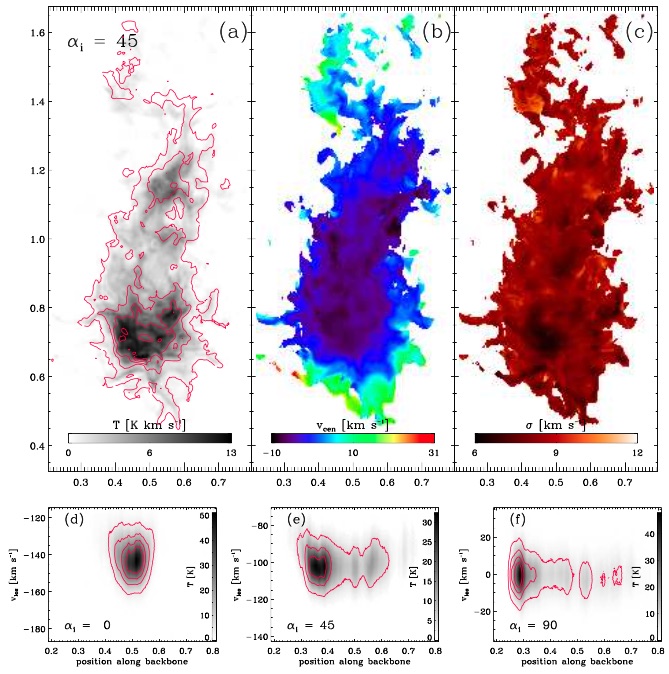

Star Formation and Magnetic Fields
One key problem is to estimate the strength of magnetic fields. Line-of-sight components can be measured via the Zeeman effect (see above reference), while plane-of-sky components can be estimated by the Davis-Chandrasekhar-Fermi method (see here). The DCF method suffers from a few systematic effects, which can be assessed via simulations.
